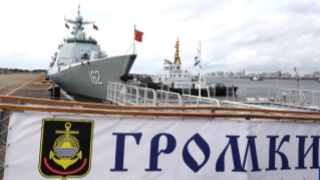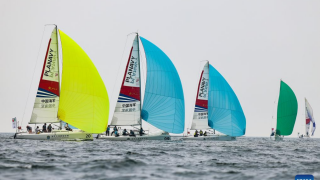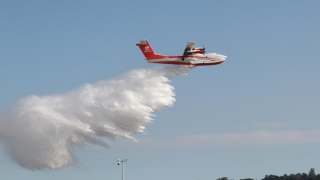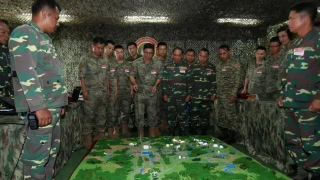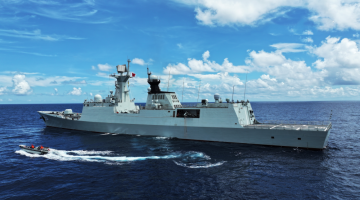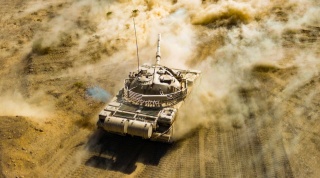By Zi Ge
According to Japanese media reports, relevant departments of Japan and Australia have recently signed a technical cooperation agreement aimed at enhancing the capabilities of underwater robots and autonomous systems. This is the first concrete project following the signing of a bilateral research, development, test, and evaluation (RDT&E) arrangement in June 2023, and marks another significant event in the strengthening of the "quasi-alliance" military cooperation relationship between Japan and Australia.
Under the agreement, the Acquisition, Technology & Logistics Agency of the Japanese Ministry of Defense and the Defence Science and Technology Group of the Australian Department of Defence will collaborate on an underwater robots and autonomous systems research project, which aims to enhance underwater communication capabilities, as well as improve the interoperability of unmanned underwater warfare systems between Japan and Australia.
Japan has long been active in promoting military cooperation with Australia. Despite Japan's unsuccessful attempts to sell the Soryu-class submarine to Australia, this has not hindered the strengthening of military ties between the two countries. As the US readjusts its strategic layout in the Asia-Pacific region, Japan and Australia signed a new Japan-Australia Joint Declaration on Security Cooperation in 2022, taking bilateral relations to a new level. On this basis, the Japanese and Australian armed forces can conduct military exercises on each other's territory. The two countries can also share intelligence and collaborate in defense technology and industry.
Since August 2023, following the implementation of the Japan-Australia Reciprocal Access Agreement, Japan Air Self-Defense Force fighter fleets have conducted short-term deployments in Australia, while Australian forces have participated in military exercises in Japan for the first time. Currently, Japan and Australia are discussing the regular deployment of Japan Air Self-Defense Force F-35 fighter jets to Australia. This shows that Japan-Australia military interaction has moved beyond basic military exchanges and institutional development to deeper levels of cooperation, such as technical cooperation and operational coordination.
Japan's strengthening of military interaction and cooperation with Australia is based on three main considerations.
First, to advance the development of key weapons technology through cooperation. Although Japan-Australia project cooperation in underwater robots and autonomous systems has not yet begun, both parties have long focused on the development of unmanned underwater assets. Japan has clearly identified unmanned defense capabilities as one of the seven pillars of Japan's future warfighting capabilities in its 2023 Defense White Paper. Currently, Japan is comprehensively promoting research and development of unmanned equipment in the air, on the ground, and at sea, including unmanned underwater vehicles and underwater detectors. By strengthening technical cooperation with Australia, Japan can make up for its personnel and resource shortfalls and accelerate the development of unmanned undersea combat systems.
Second, to integrate into the Western military technology clique through cooperation. In recent years, the US and its allies have significantly strengthened weapons research and development and technical cooperation, relying on multilateral frameworks such as NATO, the Five Eyes alliance, AUKUS, and QUAD to achieve coordinated development and deep integration. Japan aims to increase its influence by intensifying military-technical cooperation with Australia and actively participating in international arms technology cooperation led by the US.
Third, to bring Australia into the strategic competition framework in East Asia through cooperation. The Japanese government has recently stated that it is discussing intelligence sharing with Australia in the event of emergencies in the surrounding regions, as well as expanding joint training between the two countries. Due to Japan's lack of strategic depth and the constraints of the Japanese constitution, Japan hopes to take advantage of Australia's geographical advantages and political environment to test weapons such as the extended-range Type-12 anti-ship missile.
It can be observed that Japan's intensification of military interaction and cooperation with Australia is not only in line with the strategic deployment of the US in the Asia-Pacific region but also reflects Japan's own aspirations to achieve its own development and strategic goals. These relevant trends deserve further attention and caution.



